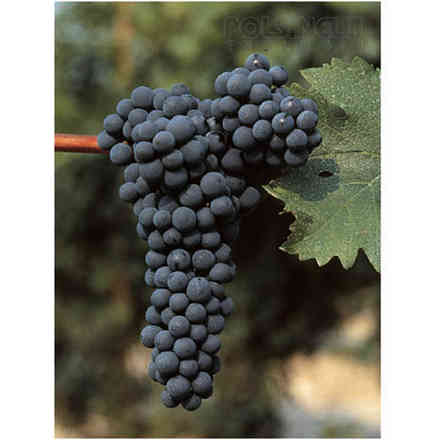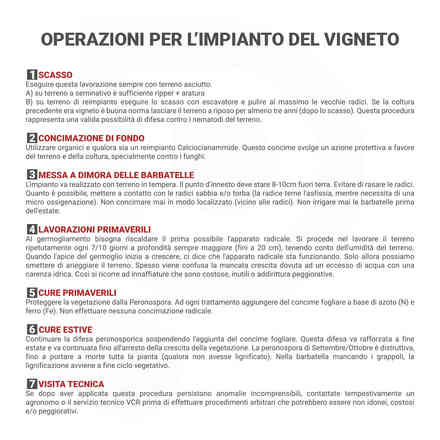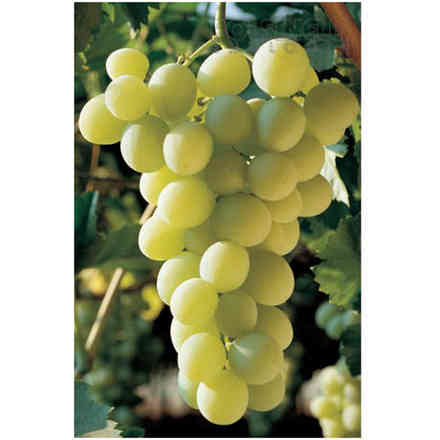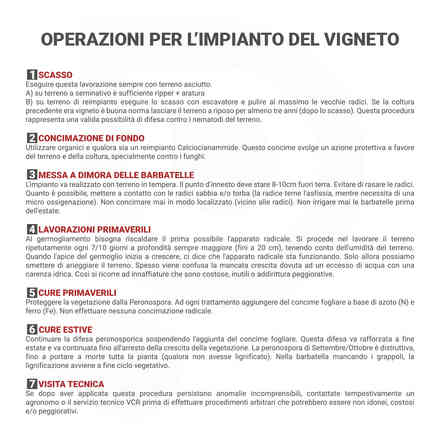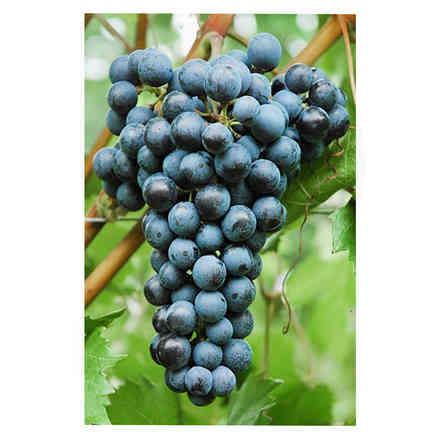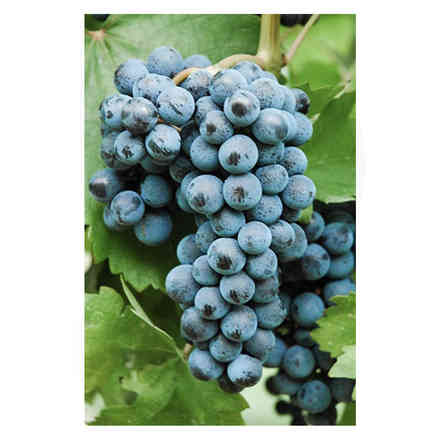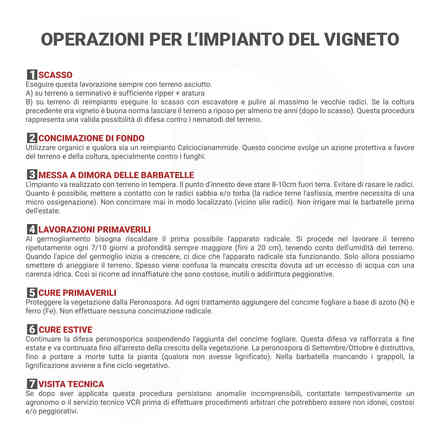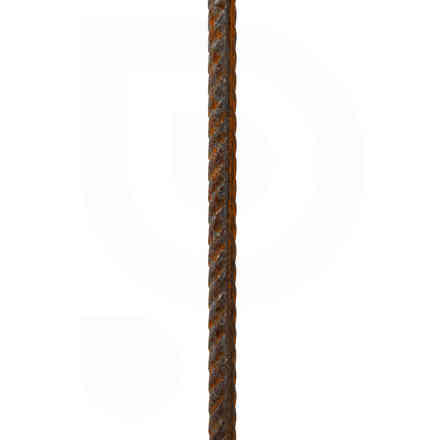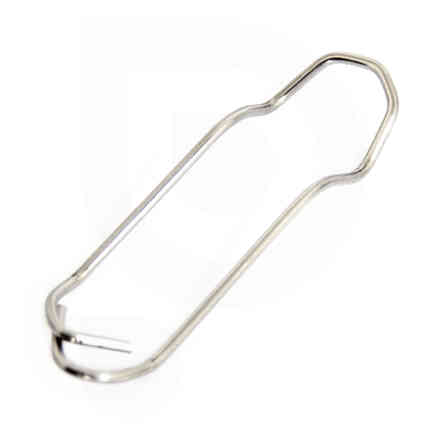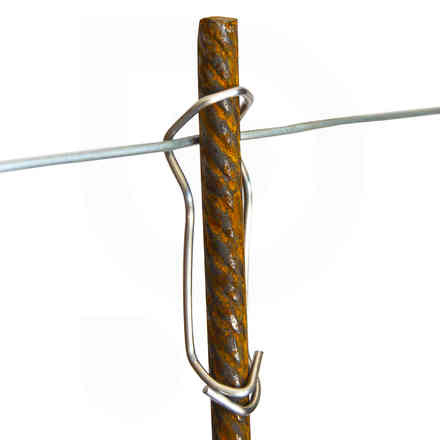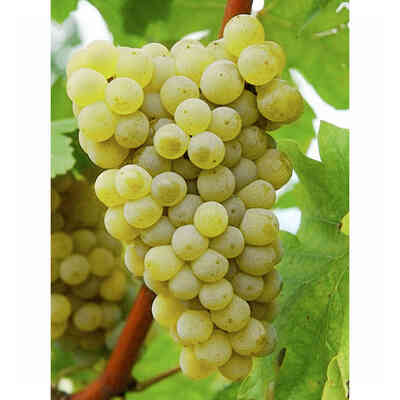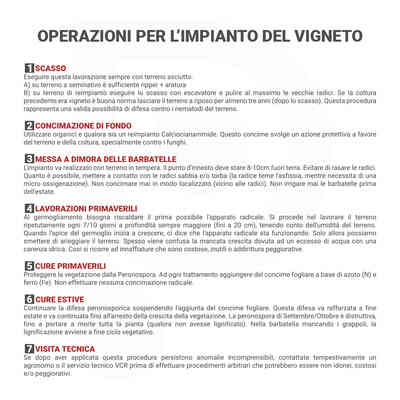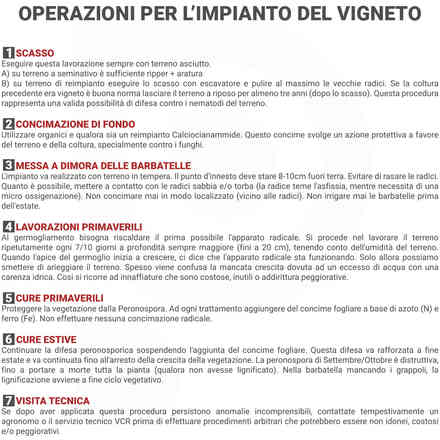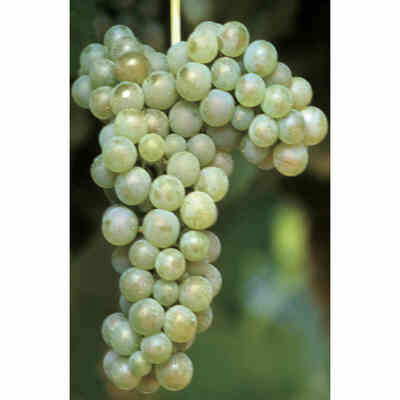
Selvatica (10 pcs)
Description
SELVATICA (10 Pieces)
Graft carrier 1103P
Historical notes and origin: hybrid created in Palermo by Paulsen in 1895.
It is one of the most vigorous rootstocks. It is considered the rootstock most resistant to soil fatigue. It is the most resistant to salinity and adapts to poor and droughty soils. In fertile soils it expresses great vegetative thickness and therefore enormous vigour which results in coulure and millerandage. It is not suitable for soils with an active limestone content of more than 20%. Absorbs magnesium well, has good chloride tolerance in the soil and is suitable for acidic soils.
Vegetative characteristics
- Leaves: small to medium-sized, kidney-shaped, very open staple breast with ribs bordering the leaf margin for a short distance, entire, glossy upper surface, glabrous, dark green leaf blade, dark green tormented leaf blade with involute edges, violet-coloured ribs, glabrous lower surface, green.
- Woody shoot: very long, uniform, branched, considerable development of the females, glabrous, grey-brown, slightly pruinose.
Cultivation skills
- Capacity to bear fruit: poor.
- Ability to regenerate the root system: very good.
- Phenology: budding, flowering and leaf fall in medium-late period.
Adaptability to soils
- Compact: good.
- Humid: poor.
- Droughty: good.
- Stony: very good.
- Acidic: fair.
- Saline: very good.
- Tendency of the root system: expansive and deep.
- Tendency for suckering: high.
Adaptability to deficiencies or excesses
- K deficiency: low sensitivity.
- Mg deficiency: sensitive.
- P deficiency: very sensitive.
- Fe deficiency: low sensitivity.
- Zn deficiency: sensitive.
Susceptibility to cryptogamic diseases and plant diseases
- Downy mildew: low.
- Powdery mildew: low.
- Botrytis: induces sensitivity.
- Anthracnose: very susceptible.
- Eutiposis: sensitive.
- Rachis desiccation: poor.
- Resistance to phylloxera radicicola: high.
- Resistance to gall phylloxera: moderate.
Other information
- Rootstock behaviour: good rooting ability with a predominance of vines; gives good development to the scion, benefits from mulching.
- Behaviour in plantations: does not have any particular difficulties if staked, but if grown as a creeping plant, it is good that the soil is free from pebbles; has a similar behaviour to Kober 5 BB.
- Behaviour in the open field: gives a rapid recovery, induces sensitivity to spring frosts in the northern border areas; gives vigour, does not lend itself to thickening along the row; postpones the vegetative cycle while maintaining a good acidic supply of must; enhances the phenomenon of coulure in the predisposed varieties; requires water availability during the vegetative cycle; shuns particularly heavy soils; useful sucker control.
RULES TO PLANT A VINEYARD
1. PLOW
You must perform this operation always with dry soil
A) On arable land is generally sufficient to ripper + to plow
B) On planting soil is generally sufficient to plow with an escavator and to clean the old roots.
If the previous crop was a vineyard, it is a good idea to leave the soil fallow for at least three years (after plowing). This procedure represents a valid possibility of defence against soil nematodes.
2. SOIL FERTILIZATION
Use organics and if it is a reimplantation, use Calciumocyanamide.
This fertiliser has a protective effect on the soil and the crop, especially against fungi.
3.PROPAGATING GRAPE VINE CUTTINGS
The planting should be carried out in temperate soil. The grafting point should be 8-10 cm above ground. Avoid shaving the redices. As much as possible, put sand and/or peat in contact with the roots (the root fears asphyxiation, while it needs a micro-oxygenation). Never fertilize in a localized manner (near the roots). Never water the rooted cuttings before summer.
4.SPRING WORKS
When sprouting, the root apparatus must be heated as soon as possible. Work the soil repeatedly every 7/10 days at increasing depth (up to 20 cm), taking into account the moisture of the soil. When the apex of the bud starts to grow, it means that the root system is functioning. Only then can we stop watering the soil. Failure to grow due to access to water is often confused with a lack of water. This is why watering is used which is expensive, useless or even worse.
5.SPRING CURE
Protect vegetation from Peronospora. To each treatment add nitrogen (N) and iron (Fe) foliar fertilizer. Do not make any radical fertilization.
6.SUMMER CURE
Continue with the defense against Peronospora by suspending the addition of the foliar fertilizer. This defense should be reinforced in late summer and should be continued until vegetation growth stops.
The September/October blight is destructive, to the point of bringing death to the whole plant (if it has not lignified). The rooted vine lacks clusters, so lignification occurs at the end of the vegetative cycle.
7.TECHNICAL VISIT
If incomprehensible anomalies persist after this procedure, contact an agronomist or the VCR Technical Service promptly before carrying out arbitrary procedures which may be unsuitable, expensive and/or worsening.
























